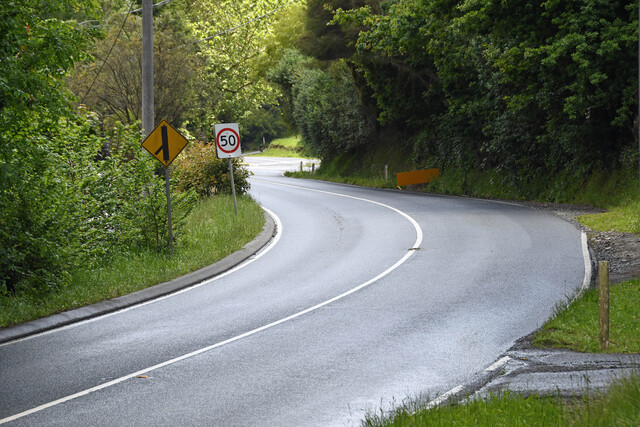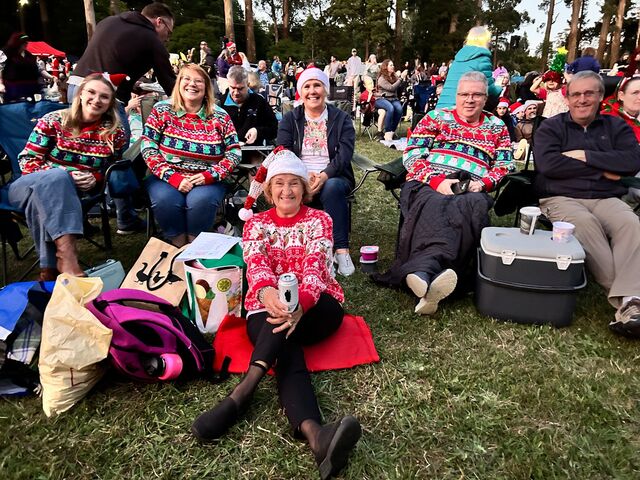 Cathy Hammond, left, and Louise Anderson want an autism-specific secondary school Knox for their sons Ben and Dean. 28129
Cathy Hammond, left, and Louise Anderson want an autism-specific secondary school Knox for their sons Ben and Dean. 28129
By Casey Neill
PARENTS in the outer east are pushing urgently for an autism-specific secondary school, according to an education review.
But the State Government will not consider the project until another report is released later this year.
Knox mothers Cathy Hammond and Louise Anderson formed the Autism Spectrum Disorder (ASD) Secondary School Action Group late last year.
Their closest ASD high school is more than 45 minutes away in Bulleen Heights.
“Mainstream schools have feeders. They have options, and that’s what we’re talking about here,” Ms Hammond said.
The Eastern Metropolitan Region Specialist Schools Review Report last April said an all-age ASD school in Knox was needed urgently. The facility would replace the autism-specific Wantirna Heights School.
But a State Government spokesman said any new ASD education services would be in line with recommendations from the State Autism Plan, which would be released later this year.
He said the plan was being developed with Autism Victoria to “provide a holistic approach to autism services”.
Ms Hammond and Ms Anderson are lobbying the State Government and local MPs to act now.
Knox councillors last month urged Children and Early Childhood Development Minister Maxine Morand and Education Minister Bronwyn Pike to consider a Prep to Year 12 ASD school in Knox.
They suggested the former Fern Tree Gully Secondary College site on Dorset Road as a potential location.
Ms Hammond and Ms Anderson supported the proposal.
“Ideally, the Prep to Grade 12 would be great, but we desperately, desperately need the secondary school yesterday,” Ms Anderson said.
Ms Anderson’s son Dean, 9, attends Wantirna Heights School.
The school is open to all primary school aged children with ASD, but can accept only five or six new students each year.
Its waiting list for next year is 30, 32 the following year and 25 for 2012.
Ben Hammond, 12, has moved on to a special developmental school in Croydon.
“It’s a fantastic school, but it’s not autism specific,” Ms Hammond said.
“Our children need a very structured, rigid program and it’s very different to that of other children with additional needs.”
Children with ASD can attend an autism specific or special developmental school, or turn to the mainstream education sector – “if they can cope”.
“We’ve come from early intervention that is autism specific, and then we’ve done six years of primary school that’s autism specific,” Ms Hammond said.
“Our children work on routine, rigidity, structure, familiarity and none of that happens in the secondary sector.”
Children with ASD have trouble focusing. Teachers rely on visual learning, schedules, a quiet environment and high student-teacher ratios.
“They just adapt the mainstream curriculum to suit our children,” Ms Anderson said.
Autism affects one in 500 Australians. Communication, social interaction and behaviour can all be affected. It is not known what causes the developmental disability and there is no known cure.
The Mail contacted Wantirna Heights School but did not receive a response before going to print.






